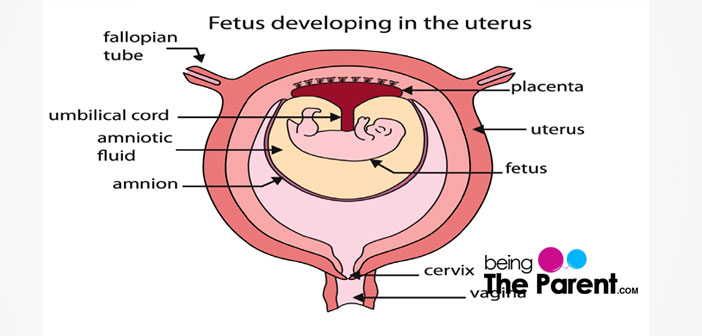
Going more than two weeks past your due date.Congenital conditions that affect your baby's kidneys or urinary tract.Several factors can contribute to low amniotic fluid.

Low amniotic fluid affects about 4% of pregnant people. Low amniotic fluid is called oligohydramnios. What happens when you have low amniotic fluid? Contact your healthcare provider if you believe your water has broken or if you're confused about what is leaking from your vagina. But there is an increase in vaginal secretions late in pregnancy, so it can be hard to tell the difference. If you feel a strong gush of fluid from your vagina, it could be your water breaking. Urine has a unique smell and may be easier to control than amniotic fluid. Inspecting your underwear for smells or color can help you determine what it is. It's common for pregnant people to leak urine, so some people have difficulty distinguishing amniotic fluid from pee. It can have a hint of color (brown, green or yellow are most common). Amniotic fluid is clear, thin and odorless. Some pregnant people leak amniotic fluid during pregnancy. What are signs of leaking amniotic fluid? At its peak, there is a little less than 1 liter of fluid in the amniotic sac.

Your amniotic fluid levels peak at 34 to 36 weeks and then slowly decrease as you reach your due date (40 weeks). It depends on how far you are in your pregnancy. How many liters of amniotic fluid is normal? This is because, like adults, your baby will swallow and then urinate the liquid. Your unborn baby's pee makes up most of the amniotic fluid after about 20 weeks of pregnancy. What creates amniotic fluid?Īmniotic fluid is mostly water for the first half of pregnancy. If you feel sticky vaginal discharge, it might be your mucus plug. Contact your healthcare provider if you notice a foul smell as it could be meconium-stained or mean there is an infection. What does amniotic fluid smell like?Īmniotic fluid should be odorless. In severe cases, your baby may develop meconium aspiration syndrome and need immediate treatment after birth. Meconium in amniotic fluid can cause complications if your baby breathes it in. Amniotic fluid that's tinted brown or green means your unborn baby has passed meconium (their first poop) in the womb. They measure pockets of amniotic fluid in specific areas of the amniotic sac, then calculate the total volume of fluid.Īmniotic fluid is mostly clear but can be a pale yellow like the color of straw. Healthcare providers measure amniotic fluid using ultrasound. Your baby practices breathing and swallows amniotic fluid to help develop their lungs and digestive system. Amniotic fluid contains antibodies to help strengthen your unborn baby's immune system. The umbilical cord transports oxygen and nutrients from you to them and could become squished without amniotic fluid. The fluid prevents your baby's umbilical cord from compressing. This same cushion allows them to move freely and develops their muscles and bones. It acts as a cushion to protect them from your movements. Protects them from your movements (like a fall or sudden blow).Īmniotic fluid is necessary for a healthy pregnancy and helps prepare your baby for the outside world.Regulates your baby's body temperature.Helps your baby's digestive and respiratory systems develop.Prevents the umbilical cord from getting compressed.

Helps your baby's muscles and bones develop.Cushions your baby's movements and helps them move.It helps with your baby's growth and development. Amniotic fluid has an important job in the womb.


 0 kommentar(er)
0 kommentar(er)
